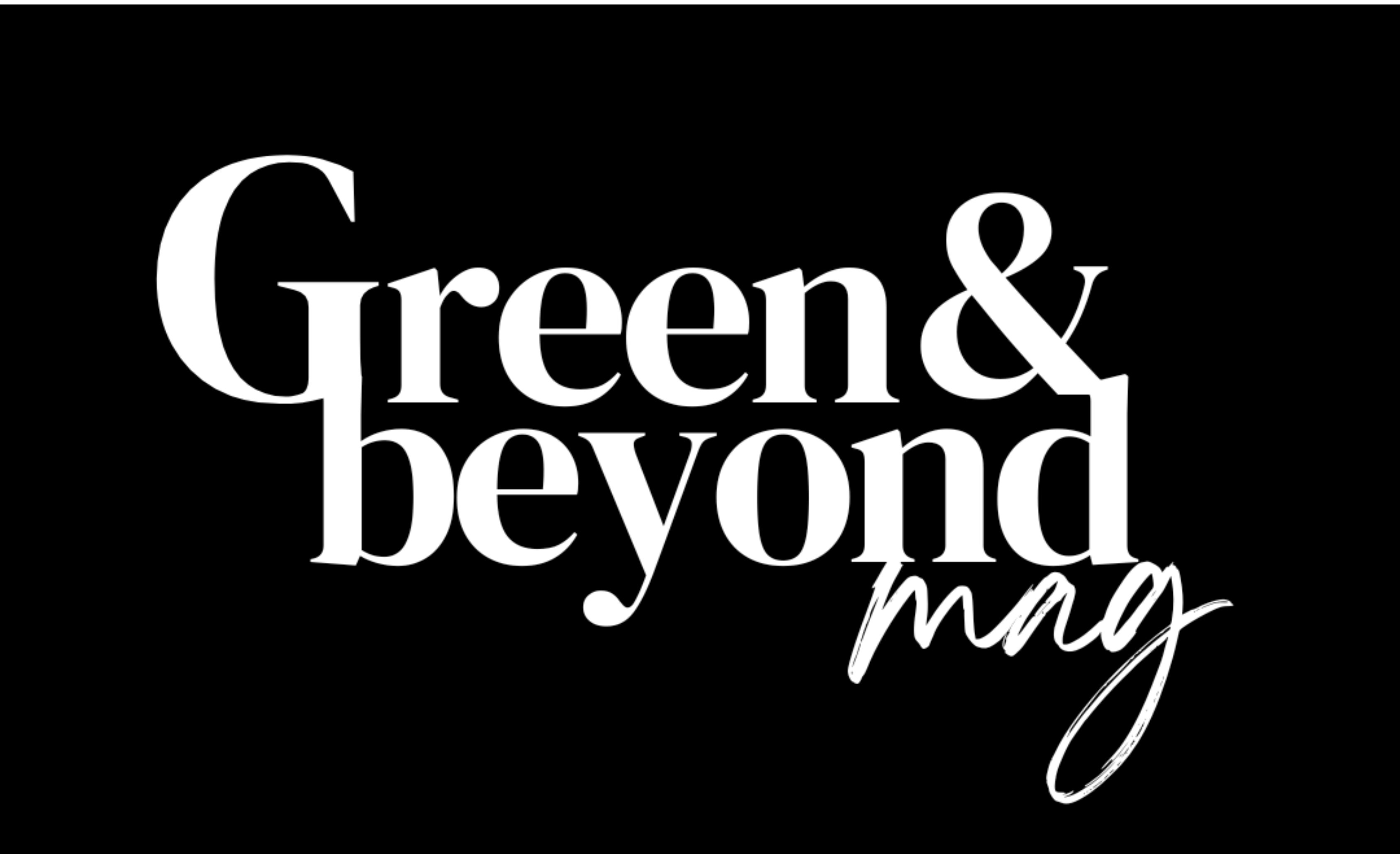The fast pace of modern-day living can feel overwhelming at times, especially when combined with the constant overstimulation from smartphones. It’s easy to lose sight of what really matters when we’re caught up in the chaos. That’s where minimalism can make a difference. By clearing out the unnecessary clutter — both physical and mental — we create space for what’s truly important.
Keep reading to find out how you can embrace this approach and travel light through life.
1. Decide your why
In my life, every time I’ve started something new without much thought, I’ve often found myself losing interest or becoming dissatisfied over time. This is especially true for lifestyle changes. Becoming a minimalist requires a significant shift in perspective, and jumping into it without conviction won’t be effective.
So, before you decide to toss all your stuff out the window, consider why you want to do so. Is it to reduce stress, save money, or find more time for what‘s actually important? Perhaps it’s about reducing your environmental footprint or seeking a deeper sense of peace. Whatever your reasons, make sure they are compelling enough to keep you going in the long run.

2. Asses your situation
Have you unconsciously accumulated stuff over the years? Are you an obsessive hoarder who could star in your own reality show? Or are you simply a shopaholic? First, you need to understand where you stand on a scale of 1 to 10 — 1 being manageable and 10 being a nightmare. Then, identify the reasons behind your shopping and hoarding habits.
The reason I gathered a lot of stuff over the years is that I’m an aesthete; I really enjoy beauty. So, every time I saw something remotely pretty, I would buy it, whether I needed it or not. It took me some time to realize that you can enjoy and appreciate beautiful things without needing to own them. Once I understood that, my shopping habits changed automatically.

3. Start small
Making a lifestyle change is not an easy task, so don’t overwhelm yourself by trying to do everything at once. Start with the smallest and easiest task to get into the groove, and then go with the flow. Maybe start with a single drawer, a closet, or even just your purse. Additionally, starting small allows you to test out what works for you.
4. Organize by category

It’s important not only to declutter your belongings but also to have a designated place for everything. When your belongings have a specific home, it’s much easier to maintain order and avoid clutter from creeping back in. This is especially useful when life gets busy, as it allows you to quickly find what you need without rummaging through piles of stuff.
5. Discard duplicates
Having multiple copies of the same item might sound nice in theory, but it doesn’t make much sense in practice. For example, do you really need three spatulas or five pairs of scissors? When you come across duplicates, ask yourself how often you use the item and whether having multiples genuinely adds value to your life. If you find that you rarely use the extras, it’s time to let them go. Remember, if you ever truly need a replacement, you can always buy it later or borrow it from someone. Simplifying by discarding duplicates not only reduces physical clutter but also mental clutter, as you’ll have fewer things to manage and maintain.
6. Choose quality over quantity

One of the fundamental principles of minimalism is choosing quality over quantity. Low-quality items increase waste because they constantly need to be upgraded or replaced. Investing in high-quality, durable items might cost more initially, but they tend to last longer and provide better value over time. This mindset also helps curb impulsive shopping habits. Instead of being tempted by sales or cheap products, focus on purchasing items that are well-made, ethically produced, and genuinely useful.
7. Clear your phone
Our phones have become extensions of ourselves, filled with apps, photos, messages, and other digital clutter. Just as you would declutter your home, it’s important to regularly clear out your phone. Start by deleting apps you no longer use, organizing your home screen, and unsubscribing from unnecessary notifications. Next, go through your photos and files, deleting duplicates and anything that no longer serves a purpose. Consider creating folders or albums to keep everything organized. A cluttered phone can be just as stressful as a cluttered home.

Related: Digital Detox and Mental Health: How unplugging can boost your mood
8. Say ‘No’
Many times, we end up accumulating excess — whether it’s things, relationships, or appointments — because of our inability to say “no.” If you truly want to simplify your life, this is a skill you’ll need to master.
80% off at a store you don’t really like? Say no. A weekend party with people who make you feel lousy? Say no. Another meeting added to your already hectic schedule? Say no, no, no.
Like everything in life, practice makes perfect. The sooner you start saying “no,” the better you’ll get at it.
9. Consume consciously
Consistency is key. Once you minimize the things in your life, make sure you can maintain that simplicity. Unsubscribe from unnecessary newsletters with discount codes, avoid malls if you don’t need anything, and focus on high-quality, ethically produced items. If you’re a compulsive shopper, you’ll need to adopt better habits and be consistent with your actions. Otherwise, you’ll find yourself stuck in a constant cycle of purging and overconsumption.

10. Take on a challenge
Does the idea of embracing minimalism seem overwhelming? Try one (or more) of the following challenges to make it seem less scary and more fun!
- Dress with 33 items or less for 3 months with Projects 333.
- Get together with a friend and challenge each other to minimize stuff each day for a month with the Minimalism Game.
- Discover your unique personal style with the 10×10 challenge.
- Commit to not buying any fast fashion by taking the SFS 2024 Pledge.
- Embrace mindfulness with a 7-Day Digital Detox.

11. Quit comparisons
One of the biggest challenges in today’s world is the constant pressure to keep up with others. But the idea of “keeping up with the Joneses” is a never-ending cycle that only leads to dissatisfaction. There’s no need to feel like your life is lacking just because people around you (or on your social media feed) seem to have more, do more, or live better. You can never truly know what goes on in someone’s life.
Similarly, try not to compare yourself to fellow minimalists. There will always be a minimalist who owns only 20 pieces of clothing or someone who can fit all their belongings into a small suitcase. If that’s the life you want, great! But also remember that what works for someone else might not work for you. Minimalism is not a competition. It’s a way to build a life that is authentically yours.
If, in the end, the label of “minimalism” still doesn’t feel right, discard it and simplify your life without any labels.
Shahmeen is a fashion professional with over 7 years of industry experience in various roles, including design, styling, and art direction. She holds a Master's degree in Fashion Management from the University of Southampton and serves as the Country Lead for the Slow Fashion Movement in Pakistan.








